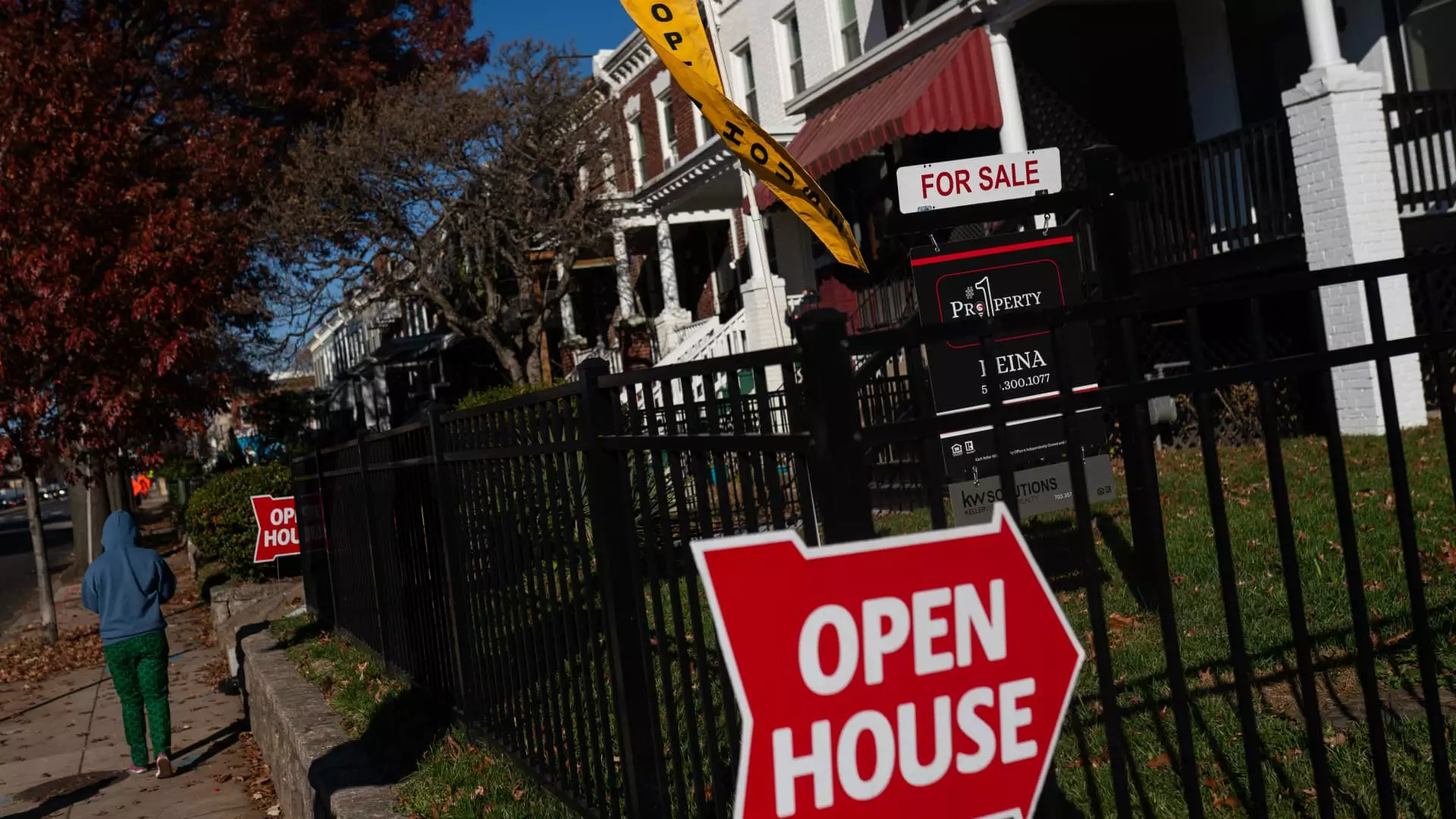When Wes Moore, the Governor of Maryland, reflected on his formative years, he recounted a pivotal moment at the age of eight when his mother considered sending him to military school as a means of correcting his behavior. It wasn’t until five turbulent years later that he stepped into military school, enduring a rocky start marked by five escapes within merely four days. Yet, despite these struggles, Moore credits the institution for helping him reshape his life. This backstory exemplifies the often overlooked lesson that personal reinvention is possible; however, it also serves as an unsettling reminder of the significant hurdles families face today, particularly in pursuit of homeownership.
Moore’s journey illustrates how financial disparities heavily influence life trajectories—including access to housing. His family only managed to afford his educational opportunity through the sacrifice of his grandparents, who mortgaged their own dreams to help him succeed. This heartbreaking yet inspiring anecdote introduces the theme of economic struggle that mirrors countless American families today.
The American Dream or a Chasing Mirage?
The narrative of the American dream, particularly homeownership, has evolved into a complex and often unattainable goal for many, especially young people. Moore emphasized the stark reality facing prospective first-time buyers in Maryland, where a staggering 30% of youth are considering fleeing the state due to inflated housing costs. The bitter truth is that, as home prices continue to soar and interest rates reach dizzying heights, the hope of achieving homeownership feels increasingly like grasping at thin air.
Historically, homeownership has provided a pathway to wealth accumulation, yet the challenging economic landscape has created an unprecedented rise in cost-burdened renters, individuals forced to allocate more than 30% of their income on housing. The data from the Joint Center for Housing Studies of Harvard University paints a distressing picture: many households are caught in a suffocating cycle of high rents and stagnant wages, perpetuating a system that stifles economic mobility.
Trends Shaping Disparate Outcomes
A deep dive into housing market trends reveals a significant discrepancy between past generations and the current landscape. Research conducted by the Urban Institute highlights a glaring disparity: homeownership rates among 35- to 44-year-olds have drastically declined by more than 10% since 1980. As this demographic enters their prime homebuying years, they face insurmountable barriers compared to their predecessors.
Such statistics compel us to confront the societal shifts influencing these outcomes. The decline is further exacerbated by evolving family dynamics, particularly that individuals who are married are more likely to own homes. With younger generations marrying later and at lower rates, the dream of owning a home becomes even more elusive. Additionally, disparities in educational attainment based on socioeconomic status inhibit access to opportunities traditionally linked to homeownership, perpetuating a cycle of inequality.
Racial Disparities and Wealth Accumulation
The conversation around homeownership cannot neglect its intersection with race. Research from the National Association of Realtors lays bare the racial inequities woven into the fabric of the American housing market. The black homeownership rate stands at a distressing 44.7%, significantly below the 72.4% rate for white households. While recent improvements have been noted, underscoring the increased ability of Black Americans to purchase homes, the number remains underwhelming. Such disparities keep large segments of the population trapped in the cycle of renting, which significantly limits their ability to accumulate wealth—a reality detrimental not only to individuals but also to society as a whole.
Growing net worth through home equity stands as a critical lifeline, yet barriers persist. The racial wealth gap continues to widen, underscoring that without targeted efforts, these inequalities will persist across generations.
Proposed Solutions to Navigate the Housing Crisis
While the pessimism surrounding homeownership feels palpable, there are rays of hope through potential policy changes. Institutions like the Urban Institute suggest that facilitating access to educational opportunities for low-income households, offering down payment assistance, and reforming zoning laws could empower individuals on their path to homeownership. Such policies are not just vital for enhancing individual agency; they represent a fundamental restructuring of the housing landscape that could create lasting equity.
Investments in housing production should not be viewed merely as a strategy to combat affordability crises but as a moral imperative to enhance the stability and prosperity of communities. The real tragedy lies not solely in the high costs of homes but in the lives altered or thwarted by these barriers; hence, addressing systemic issues isn’t just prudent economic policy—it’s an essential step toward restoring the American dream for countless individuals struggling to build a future in the face of an unforgiving housing market.

Leave a Reply